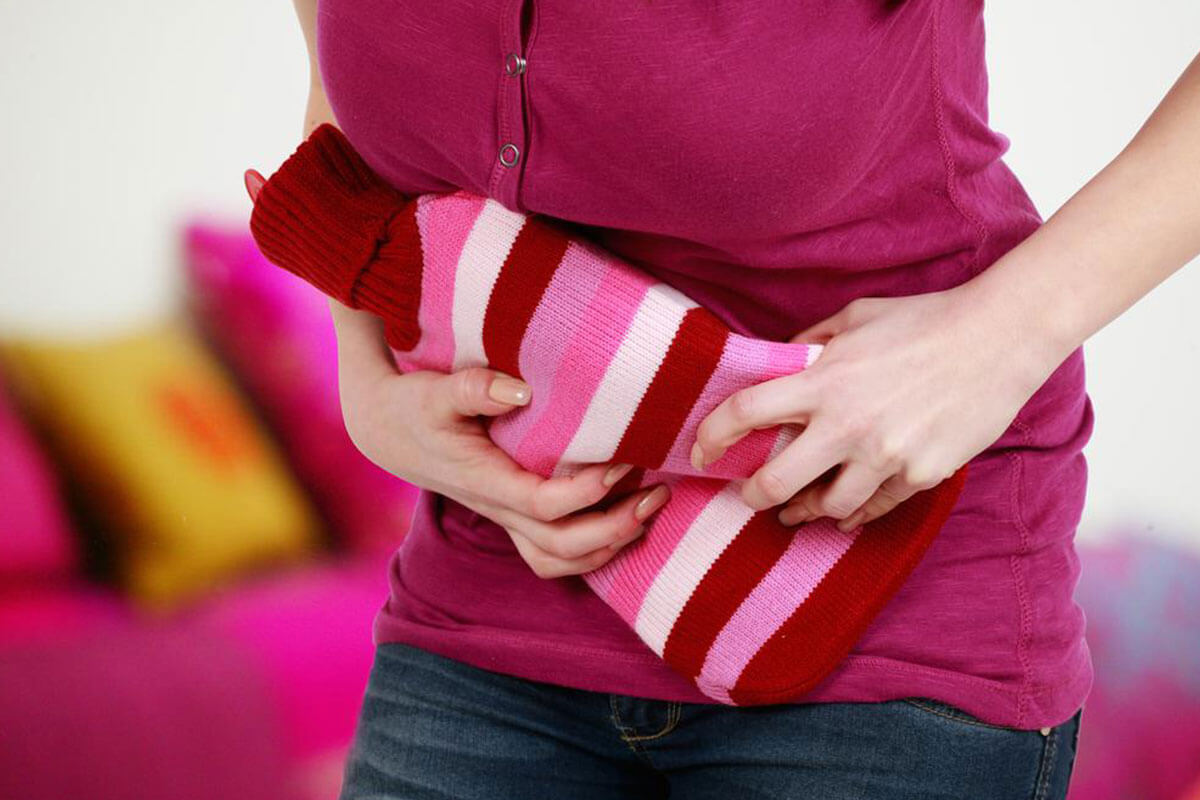Here Are Some of The Best Treatments For Fever

The normal body temperature is 98.4 degrees Fahrenheit. Elevated body temperature causes a fever. A fever is not necessarily a bad thing as it happens when the body tries to fight an infection. It is the body’s defense system against bacteria and viruses, and they cannot withstand higher temperatures.
A fever is only one part of the infection. It is generally accompanied by a sore throat, sinus, cough, congestion, joint pains, fatigue, and nausea. These are mild or severe based on the extent of the infection.
If your fever runs above 104 F, then you need immediate medical attention. It can lead to convulsions and more complex issues. You can try home treatments for a fever that are mild as they are sure to give you immediate relief. You should consider medication if the fever persists for a longer duration. It is best not to take too many medications as they may have side effects.
Home Treatment For Fever
Here are a few things you can try at home. They will help you recover faster. You need first to check your temperature and assess the symptoms. Any temperature over 100.4-degree Fahrenheit is considered as a fever.
- The first thing you need is rest. So stay in bed and relax as you need to do this for fast a recovery. Fevers also bring joint pains and so the rest will help soothe the pain.
- There will be a lot of fluids lost due to sweating. You need to keep yourself hydrated with water and juices. Try having ice chips if it’s hard to keep fluids down. Soup is also considered to be a comfort food for fevers.
- Make sure that you stay cool. You can use extra layers of blankets if you have chills.
- Take a bath with warm water so that you feel fresh. Stay away from cold water and wear a sweater to keep yourself more comfortable.
- If you have a sore throat, drink only warm water. A throat infection is generally seen along with a fever.
- Have home cooked meals. Ensure you eat in small amounts and keep the food down. It will give you the energy to recover sooner.
- Don’t stay in bed for too long as it can make you feel lethargic. You can walk around for a bit or even stretch once you feel better.
- Constantly check your temperature and if you feel too weak, consult a doctor immediately.
- Soaking a cloth in water and placing it over the forehead can help get the temperature in control. This method is most effective when done over a period. Make sure the water you use is warm and dry the forehead once you are done.
Medications For Fever
If you feel discomfort due to a high or low fever, you can have these medications. The over-the-counter drugs can be bought at any drug store. There are a few that can be purchased without the prescriptions. If you are sure that you do not have any allergic reactions and have taken it before, you can buy these medications.
Acetaminophen and Ibuprofen are two of the most common medications that are taken for treatment for fever. Take them only in small dosages as too many will cause side effects. These include liver or kidney damage. Avoid giving these medicines to children.
Here are three medicines you can take at home.
- Acetaminophen
Acetaminophen can be given to children in small dosages. Only adults without any health or liver problems can take up to 2 tablets every six hours. It is best not to take many tablets unless suggested by a doctor. If your fever is accompanied by vomiting, you may not be able to keep the medicine down. In that case, you can ask your pharmacist for acetaminophen suppositories.
- Ibuprofen
Ibuprofen can be used for both children over six months and adults. The dosage for the two varies, so check with your doctor before giving it to children. 2 or 3 tablets every hour can be taken to reduce the fever.
- Naproxen
Naproxen is another anti-inflammatory drug that is known to reduce the fever temporarily. It can be taken only by adults. You can take up to 2 tablets every 12 hours.
Do not use aspirin to treat fever in children or adults as it is known to have severe consequences.
These medicines will bring the fever down and provide you relief. The treatment for fever involves staying hydrated and eating healthy foods too. Only then can you recover quickly.
If you consult a doctor, you will be given antibiotics. If the fever is too high, the doctor may even give an injection. It is the fastest way to get rid of the fever. On the other hand, a dosage of antibiotics may take a little longer. However, it is just as effective.


